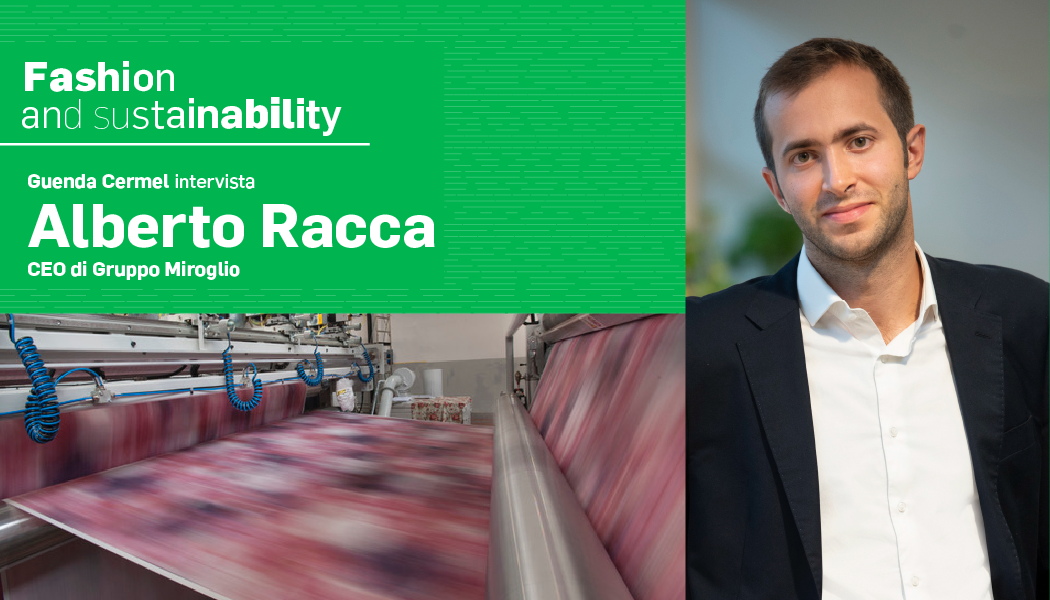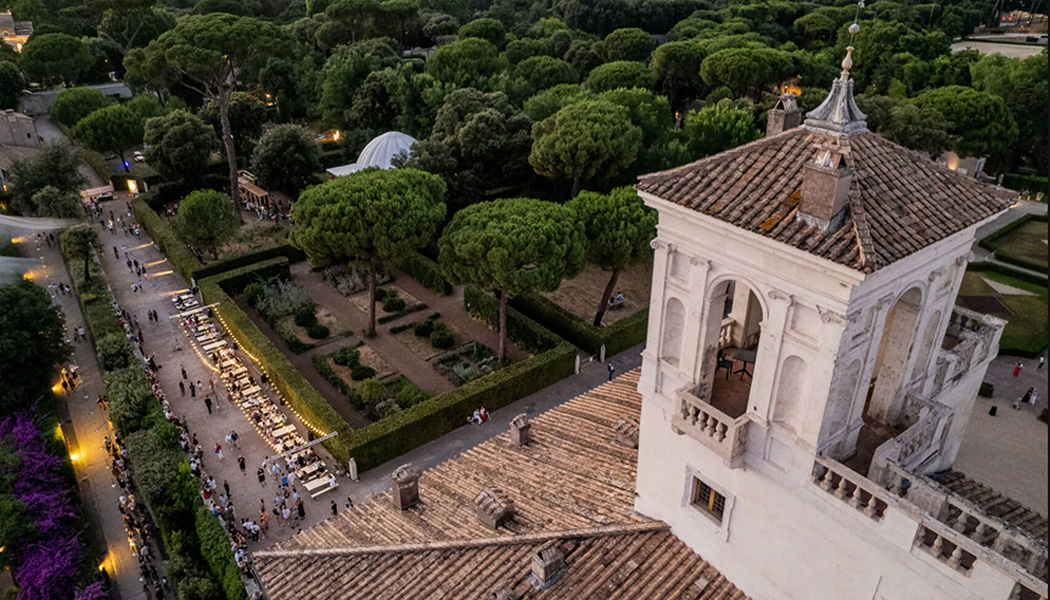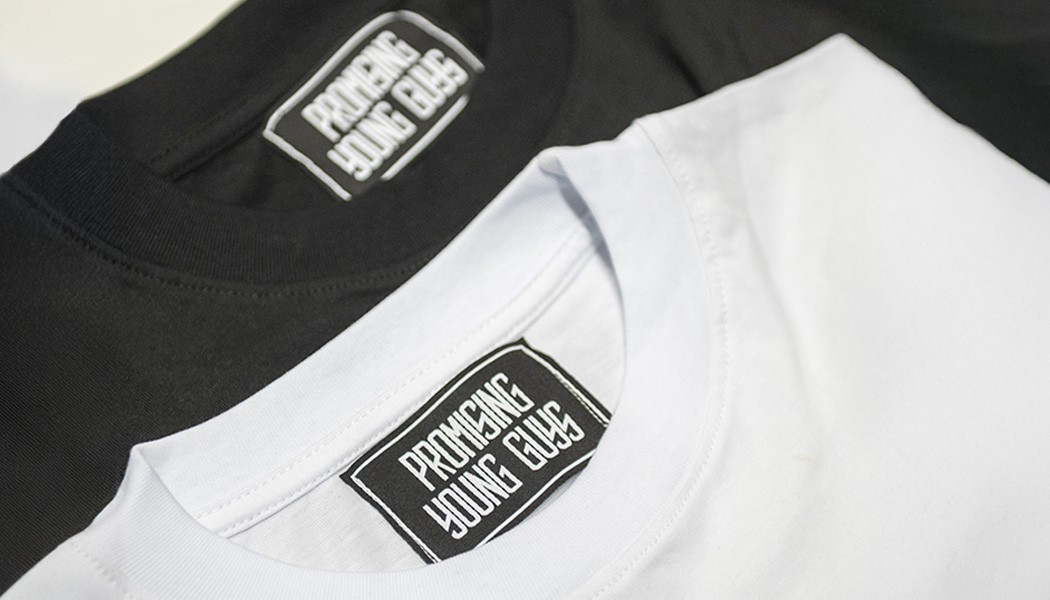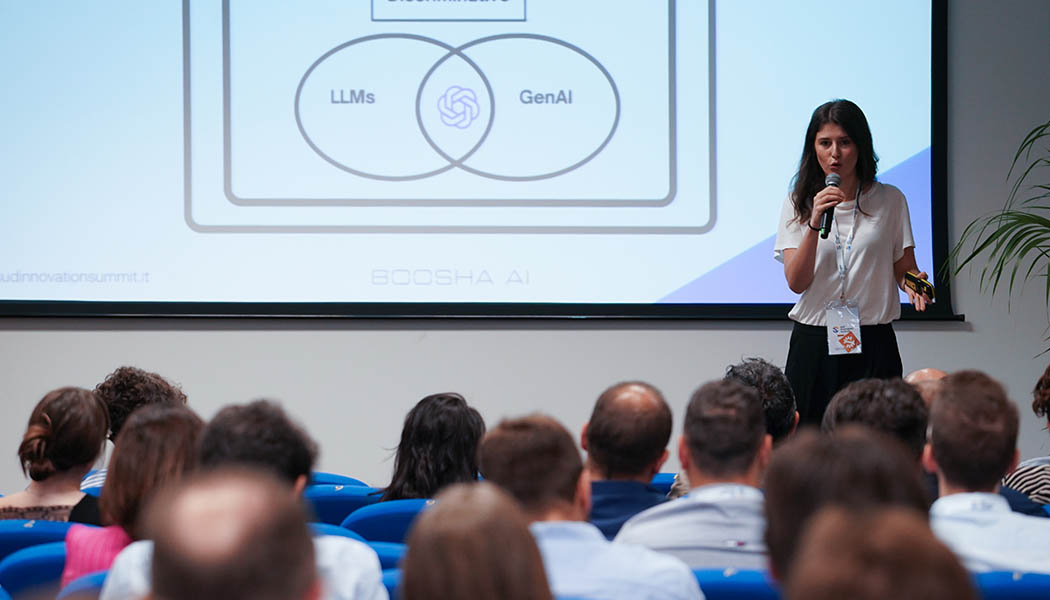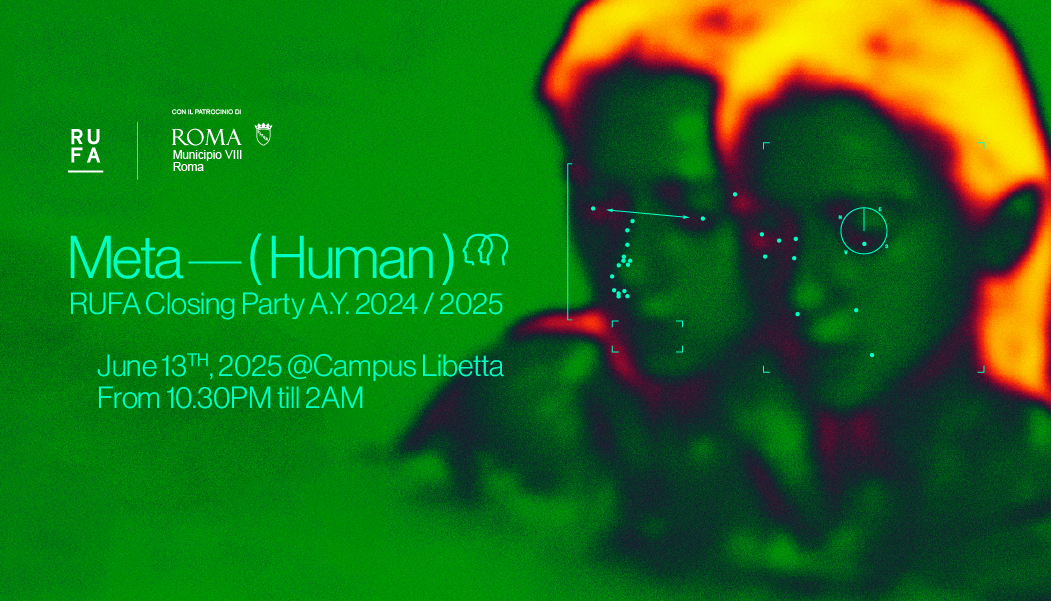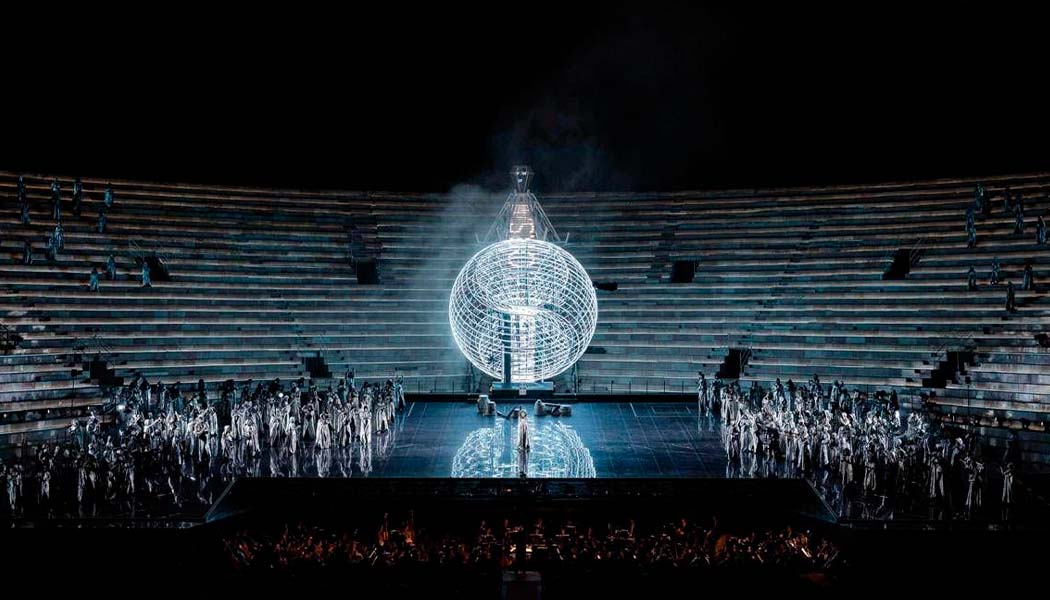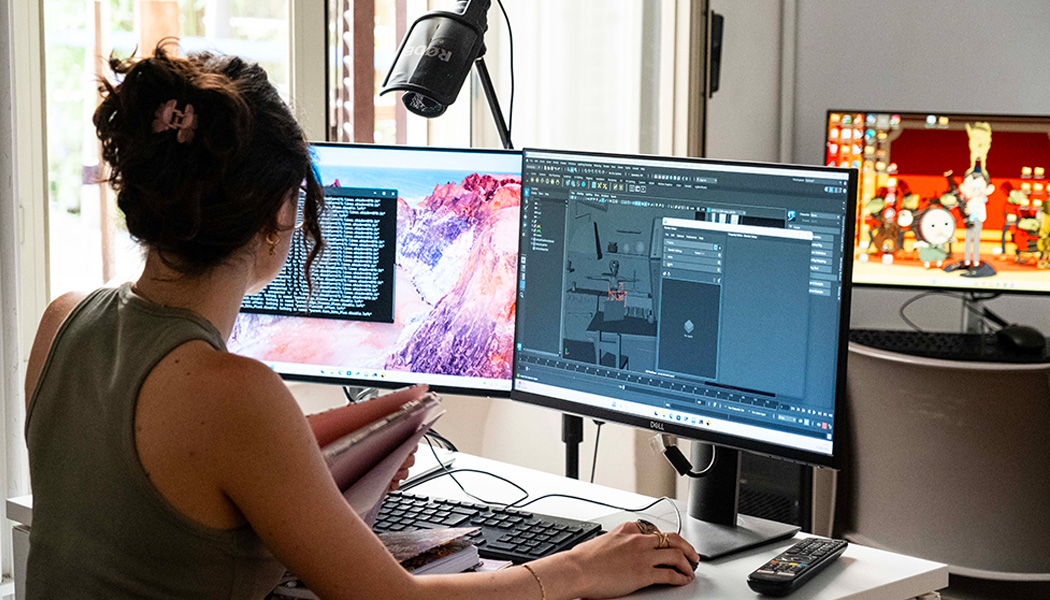New appointment of the format “Fashion & Sustainability – Let’s Talk”.
Guenda Cermel, coordinator of the course in Sustainabale Fashion Design, had the opportunity to talk with Alberto Racca, CEO of Gruppo Miroglio.
He was born in Turin in 1989. Since December 2019 he has been CEO of Gruppo Miroglio, a leading company in the clothing sector with a turnover of 600 million/€ operating through more than 1000 shops, after initially holding the position of Strategy and Transformation Director. He is currently managing a delicate transformation plan to cope with the economic effects of covid 19, optimise processes and lay the foundations for the company’s growth.
From 2012 to 2016 he was a Consultant at McKinsey & Company-Italy and focused on turnaround projects, which he became passionate about. Hence the awareness of how a well-managed turnaround project can quickly change the destiny of a company and its employees. From 2016 to 2018 he held the position of Investment Professional for Pillarstone, a KKR platform that contributes capital and expertise to support distressed companies in the turnaround process. Alberto focuses on building turnaround plans and translating them into reality, working side by side with the companies’ management.
He studied Managerial Economics at the London School of Economics and holds an MBA from the London Business School.
What sustainability skills must a designer have to work with you? How is your recruiting already thinking along these lines?
Below is the list of sustainability-related skills that are assessed in the selection of our designers.
Technical skills:
– Knowledge of technological tools such as Photoshop, Illustrator and CLOE3D to create moodboards and 3D prototypes avoiding the use of paper/fabrics and the transport of ‘physical’ prototypes;
– Knowledge of materials/fabrics: knowing which fabrics have less impact on the environment (e.g. cotton vs. polyester);
– Knowledge of different dyes: natural vs. chemical dyes and their respective impact on the environment;
– Knowledge of the commercialised and industrialised world, i.e. the different suppliers and workshops (child exploitation: this is not so much in line with green sustainability but with social sustainability, which are however under the same hat);
Soft skills:
– Adherence to the green philosophy also outside work;
– Creativity in knowing how to mix/reuse fabrics and materials you already own2 In 2020, you launched A Green Story, a capsule made of sustainable materials and introducing new creative upcycling logics.
What has this experience taught you and how, if at all, do you intend to develop it?
The development of sustainable garments on most of the collection is an inevitable process, especially when we think of certain categories (e.g. denim). The focus on sustainability should not, however, be limited solely to the search for raw materials (e.g. recycled polyester) but also to the production chain through which our articles are made (energy/water/CO2 savings).
energy / water / Co2). The last step is to minimise the impact of transport and packaging of our products.
Miroglio has always played an inclusive role towards all body types, dedicating more brands to plus sizes. How is the focus on all body types evolving, also in terms of image and communication?
Since its origins, the Miroglio Group has always had an inclusive approach to fashion. In fact, long before inclusivity/diversity became a trend, our Group followed different creative paths, dedicating focus and attention precisely to those women that the rest of the fashion system ignored, i.e. real women, those who did not wear a perfect size 42. It has done this by dedicating some of its most important brands to curvy women, such as Elena Mirò and Luisa Viola, to name but a few.
The relationship between bodies and fashion has always been the keystone around which the work of fashion designers revolves, and it is a relationship that has evolved over time, and continues to change today. Today’s ‘inclusive revolution’, which sees the representation of all body types, and even gender, by fashion brands (including and especially luxury brands) for the Group already took place 30 years ago, and is now at a new turning point.
Elena Mirò, for example, was born with the aim of giving the opportunity to dress well to all those women who were not served by the fashion world in the 1980s. We wanted to bring style and elegance where designers were not looking. This meant that for many years to follow we focused on smaller sizes to make those women also feel included in the fashion world.
Now we realised that our way of acting, although guided by the best intentions, was only unconsciously going to reinforce those divisions we so strongly wanted to fight. Hence Elena Mirò’s decision to expand sizes: to say once and for all no more to stereotypes and ghettoisation, to stop classifying women according to their bodies, to really dress them all. To consider women as such, in their uniqueness.
Fashion has no age, no weight, no colour, and in fact today we are witnessing a real ‘body revolution’. Not only curvy models, but also and above all unique and imperfect bodies and faces: the differences are what make us most interesting and all unique, somehow perfect, all equally worthy of being represented.
Miroglio is a group that works in synergy with local and global realities. When it comes to moving Far Eastern suppliers towards sustainability, how do you trigger process change towards a reduction in impact?
All suppliers – especially Far East – are evaluated, both for their product and the factories where they produce. Especially when there are requests for eco-sustainable production, the supplier must be able to transparently declare the traceability of its entire supply chain. This is done through certifications issued by internationally recognised and specialised Bodies and Organisations, which certify all the minimum quality standards for the production of sustainable products, from the raw material to the finished product. These certifications vary according to the product treated: from organic (GOTS, OCS), to recycled (GRS/RCS), or eco-friendly product (Less Water Wash for Denim and ECOVERO for viscose). To this can be added the RDS for certification of genuine down garments. Miroglio therefore requires from suppliers these
certificates and proof of the traceability of purchased sustainable products.
Internally, the sustainability impact can also be supported with the process of 3D sample approvals. Thanks to 3D, all garments are faithfully reproduced on avatars, with their fabric/colour, and it is also possible to carry out long-distance clearance with suppliers using the same technology.
One of the companies of the Miroglio group produces digital printing on textiles with a new technology that allows huge water savings. How does such innovation and sustainability content reach the end customer?
Sublitex, a company of the Miroglio Group, has been printing polyester fabrics for the fashion, sports and upholstery markets since 1976 using water-free sublimation technology. As of this year, we are experimenting with direct printing on other fabrics using a water-free process that saves 30-40 litres of water per metre compared to direct digital printing technologies that require preparation and washing. Sublitex is using this technology for the prints of THECOLORSOUP, an online brand of fabrics with customised prints and in the new SUBLITEX URBAN collection. This innovation is being presented to our customers by our sales network and at trade fairs, as well as through Sublitex social channels.
